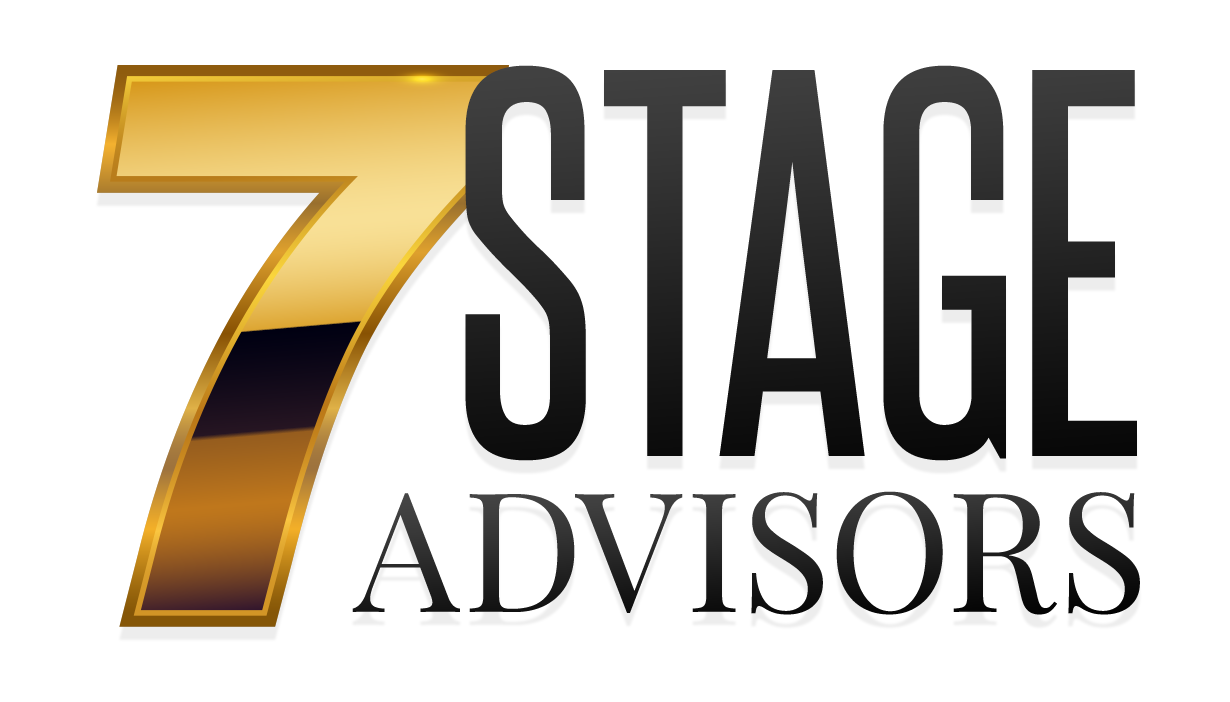One of the few certainties in business is change. Economic cycles shift, bringing periods of growth and contraction that directly impact businesses of all sizes. While these fluctuations may seem unpredictable, they follow recognizable patterns that top-performing companies anticipate and leverage.
Historically, the average U.S. economic cycle lasted approximately five and a half years between 1950 and 2008, according to the National Bureau of Economic Research (NBER). More recently, economic shifts have become less predictable, but key indicators—such as GDP, consumer spending, interest rates, and inflation—still provide valuable insights into where we are in the cycle and what to expect next.
While businesses cannot control these economic cycles, they can prepare for them. Understanding how the economy expands and contracts enables business leaders to make informed decisions, seize opportunities, and mitigate risks—regardless of the current economic climate.
Spring: The Growth Season
Spring represents economic expansion. Consumer confidence is high, job creation accelerates, and businesses experience increased demand. This is the time to invest in growth—hire key talent, expand operations, and capitalize on market momentum. Businesses that recognize and take advantage of this phase position themselves for long-term success. However, disciplined financial planning is essential, as unchecked expansion can lead to vulnerabilities when the cycle shifts.
Summer: The Peak & Inflationary Pressures
Economic summer is marked by peak growth, low unemployment, and strong consumer spending. However, this phase often brings inflation, rising costs, and overextension. Businesses operating at full capacity must optimize efficiency, control expenses, and build cash reserves in anticipation of the inevitable slowdown. The companies that thrive beyond this phase are those that prepare for a potential economic shift while still capitalizing on opportunities.
Fall: The Slowdown & Market Correction
Economic fall signals a transition. Growth slows, hiring declines, and businesses face increasing financial pressure. Layoffs and budget cuts become common as consumer spending tightens. The most resilient companies streamline operations, strengthen customer relationships, and focus on strategic cost reductions rather than reactive cuts. Fall is not a time for panic—it is a period for calculated adjustments that ensure long-term sustainability.
Winter: The Recession & Market Reset
During economic winter, businesses face declining revenues, reduced consumer spending, and increased uncertainty. However, this phase also presents a critical opportunity for strategic repositioning. While weaker competitors struggle or exit the market, forward-thinking companies innovate, restructure, and invest in long-term growth strategies. The businesses that use this time wisely emerge stronger when the next expansion phase begins.
Strategic Business Planning for Every Economic Season
Economic cycles impact every business, regardless of industry or market position. The key to sustained success is proactive adaptation. Smart businesses monitor economic indicators—GDP growth, interest rates, inflation, and consumer trends—to adjust their strategies accordingly.
How to Succeed in Every Economic Season
- Spring: Invest in expansion, innovation, and market positioning.
- Summer: Optimize efficiency, strengthen financial reserves, and prepare for volatility.
- Fall: Reduce unnecessary expenses, protect core revenue streams, and reinforce customer loyalty.
- Winter: Innovate, restructure, and position for future market opportunities.
Stay Ahead of the Curve
Navigating the economic cycle requires expertise, agility, and strategic foresight. At 7 Stage Advisors, we help businesses adapt to market shifts, identify opportunities, and implement strategies that drive sustainable growth—regardless of economic conditions.
If you’re looking to ensure your business thrives in any economic season, let’s connect. Contact us today to schedule a consultation and build a strategy that keeps your company moving forward—no matter what the economy brings next.

